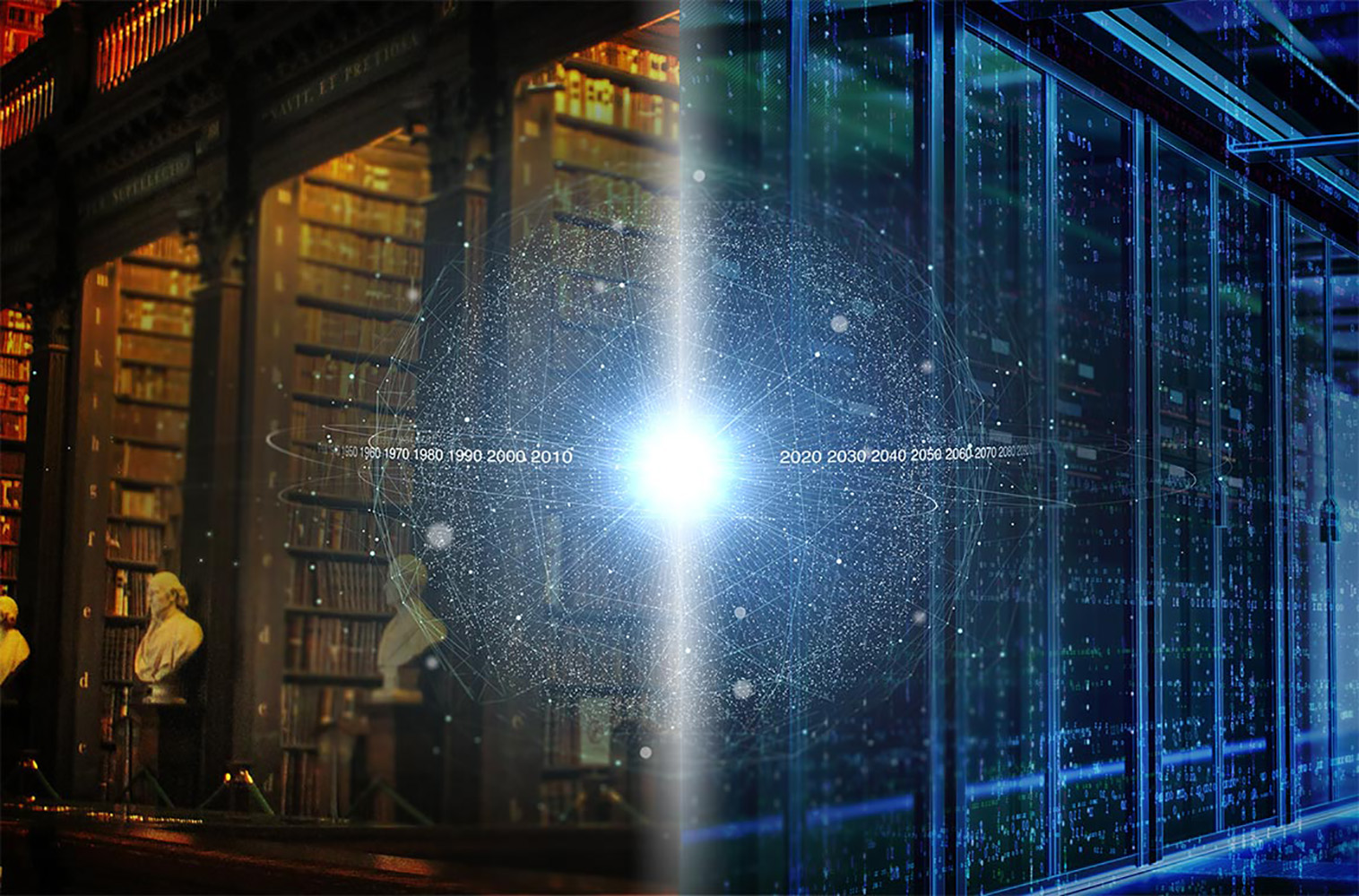In April 2020 Juha Henriksson, director of the Music Archive Finland and Time Machine Ambassador, initiated a survey directed at the Finnish Time Machine Organisation (TMO) members, mapping their capabilities, infrastructures, activities, needs and wishes in relation to Time Machine. The aim of this survey was to promote the networking of TMO members, as well as to facilitate new cooperation projects between the different players.
The number of Finnish TMO members, especially in relation to the population, is among the highest within the association, with more members only in Germany, Italy, Spain, the Netherlands, Austria, and France. From the total of 38 Finnish organisations (at that time), 26 have been involved in the survey, representing a diverse range of cultural heritage organisations, higher education institutions and companies, as well as future user groups for Time Machine services.
Thanks to a comprehensive set of respondents, the survey promotes various types of projects related to Time Machine in Finland, but at the same time it provides a fairly broad and diverse picture of the state of digitalisation of cultural heritage in Finland.
The survey was funded by the Ministry of Education and Culture, Society of Swedish Literature in Finland, Society of Finnish Archivists, and Music Archive Finland. Survey and corresponding report were conducted in Finnish, with TMO member Lingsoft graciously providing a English translation free of charge.
A big THANK YOU to all involved parties for making this exemplary report possible!
The Participants
The Finnish TMO members include various types of organisations and communities, whose needs and capabilities vary greatly from the perspective of Time Machine. The purpose of the survey was to map out which systems and services, already available to Finnish members, could be brought under the Time Machine entity, to enable the services to receive international funding and/or foreign users. In addition, several new system development projects are underway in Finland, which may possibly be integrated into the Time Machine entity, allowing their funding base to be expanded.
Finnish members include
- cultural heritage organisations which could enhance the digitisation of their materials and offer their data for use in new ways through Time Machine,
- researchers and teachers who are future user groups of Time Machine, and
- companies and IT sector operators that could assist in implementing local Time Machine services.
The survey mapped the views of all these groups.
The Objectives
The following objectives were set for the survey:
- Extension of the funding base for existing national services: Can national systems and services be integrated into the Time Machine entity, allowing them to apply for EU funding? The funding base for new system development projects could also be expanded with Time Machine funding.
- Improved efficiency of the national research system: Significantly accelerating the digitisation of cultural heritage organisations’ materials, and reducing costs. Processing materials, for example by linking, text recognition, and simulation. Developing technological solutions for the long-term preservation of digital materials.
- Promoting interoperability: If national services and systems are integrated into the Time Machine entity, their interoperability will improve both at national and international level.
- Promoting citizen science and science education: Providing cultural heritage materials in entirely new ways for the use of citizens, schoolchildren, students, and teachers, utilising visualisation, simulation, and 3D modelling.
- Promoting open science: The EU-level cooperative development of legislation and ethical principles governing the opening of data.
- Developing relations between science and society: The results of Time Machine promote the activities of authorities and companies, such as smart tourism, urban and land use planning, as well as the entertainment and creative media industry.
- Strengthening cooperation networks: The Time Machine Organisation already has 38 Finnish members representing cultural heritage organisations, communities, and private sector actors, in a versatile manner. The survey will intensify cooperation between them.
The Results
The participating institutions were asked to consider and detail the following questions:
- What systems/infrastructures already exist? Can these be brought into the Time Machine entity? What could be built on them in the Time Machine framework?
- What plans do Finnish TMO members have considering new systems and information services, that could be placed under the Time Machine umbrella?
- What materials could Finnish GLAM organisations have for this purpose?
- What are the wishes of future end users? How could Time Machine promote research and education, for example?
- What are the capabilities of higher education institutions and companies in terms of technical implementation?
The results for each participating institution can be found in the published study and have already been immensely useful to the TMO staff in assessing the members’ needs and expectations, identifying new project and business ideas and develop new community management approaches.
